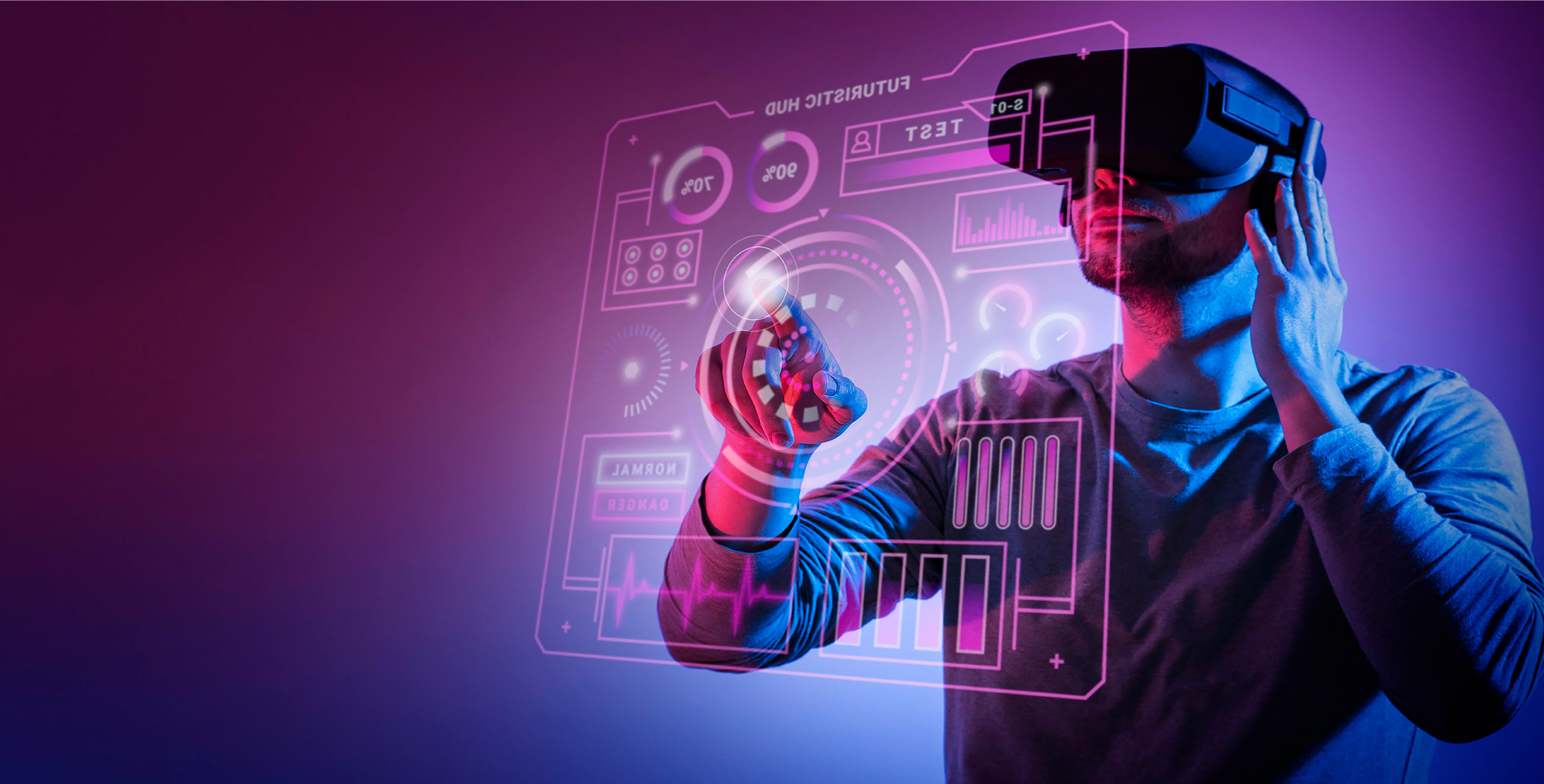Manual vs Automated Accounts Payable Process
According to Business Insider Report, 44% of businesses are looking to add automation to their payables processes as a way to capitalize on the efficiency and cost-cutting benefits it brings in, while also cutting fraud and increasing access to payment data.
Let us first understand what is Accounts Payable process, how it works presently, and its challenges:
Accounts Payable means the purchase of raw materials/goods on credit for a certain period of time and are considered as Current Liabilities in Accounting terms.
The accounts payable process starts with receiving an invoice from the supplier via email, in physical form, or uploaded to a supplier portal; which is then sent to a person who may be an accountant or handling the accounts payable. Subsequently, details from invoices are extracted manually and entered into spreadsheets. After this, every invoice is subjected to a review and approval process. In an enterprise, the approval process includes verification steps which constitute the three way matching process which is done by matching the details in the Purchase Order(PO), Invoice, and the GRN(Goods Receipt Note).
Well, the approval process typically includes the steps of verification to ensure that the supplier is not giving any false information and has followed up on their part of an agreement before getting paid. The first step is to check if what is seen amounts to what is paid for and that it adheres to the stated criteria. Upon receipt, checking is done to see if there are any duplicates of invoices (which might have been fabricated) or missing products. Followed by checking, if the right payment amount has been settled. Once these checks confirm everything, the financial personnel proceeds with payments.
The above-explained process is presently carried out manually in most enterprises today, thus, with the expansion of business at every stage it becomes more time-consuming, error-prone, and tedious activity that on average would take at least 25 days to complete.

Let us see by adopting Account payable automation, how it reduces fraud-related payments and saves time and cost.
Automated Accounts Payable processing involves automatically fetching/downloading multiple documents like Invoices, Credit Notes, Debit Notes, Purchase Orders(PO), etc. from different sources like emails, supplier portals, designated folders on desktops, etc. The information is extracted from these documents and validated using rules to check the currency, total amount, tax rate, tax amount, etc kind of factors to prevent fraud. Post initial validation automated reconciliation is carried out between PO and Invoice (2 Way) or between PO, Invoice & Goods Received Note (3 Way )depending upon the enterprise requirement on the digitized data. The exceptions are handled using automated workflows and alerts & notifications are sent to the stakeholders post-processing. These extracted fields and other information are automatically injected into Accounting/ERP/ other downstream systems for further processing. Role-based operational key analytics and dashboards are provided based on advanced technologies like AI, ML, OCRi, NLP, etc, to drive effective decision making.
Accounts Payable Automation Solution processes PO & Non-PO invoices 10X faster, with error-free accounts payable data entries, automated matching & reconciliation, thus providing a significant reduction in costs per transaction, better visibility into business operations, reducing overall turnaround time with automated workflows, along with touchless invoice processing, and scalability with cloud-based technology.
For making your AP Processing faster, simpler, and more accurate with automation, get in touch with us at info@AIQoD.com.





